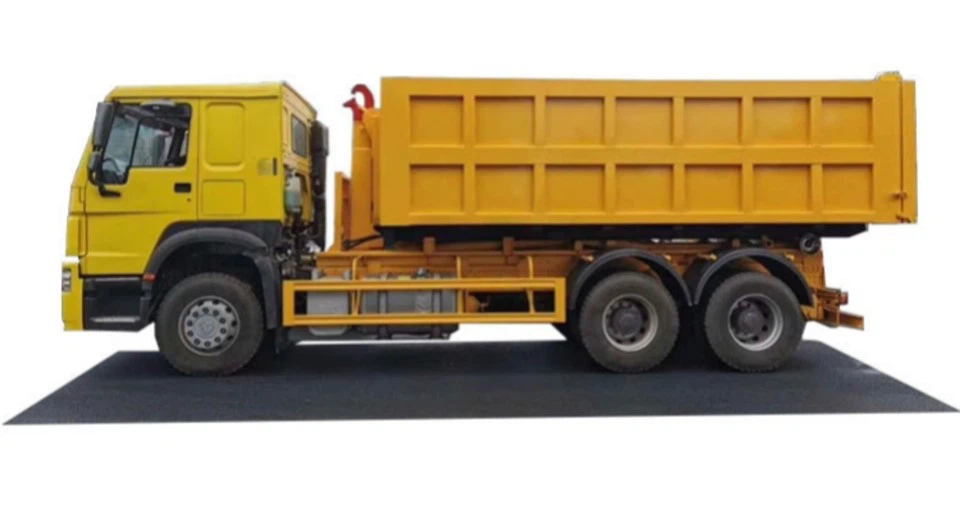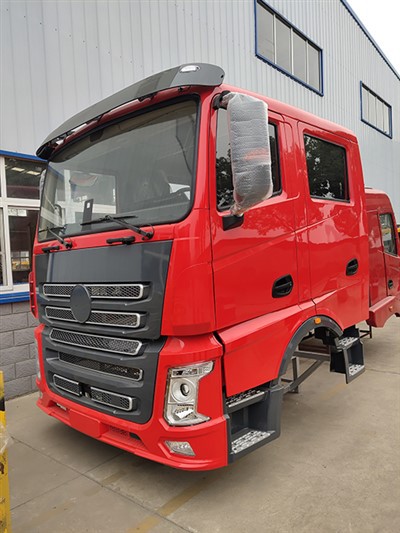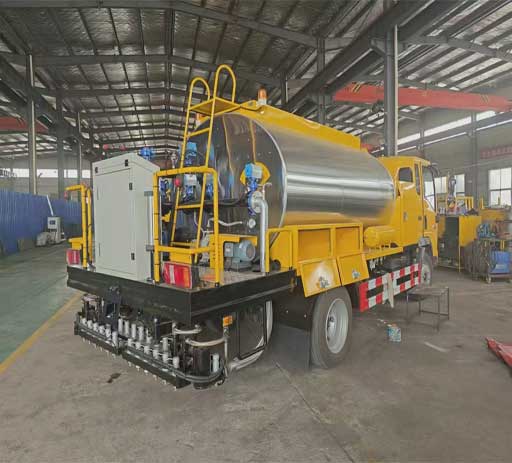Comprehensive Guide to Garbage Truck Models: Understanding Your Options

Introduction
Garbage trucks play a crucial role in keeping our cities clean and maintaining public health. With various models available on the market, it’s important to understand the differences between them, their applications, and their specific features. This article will explore garbage truck models in detail, helping you make an informed decision whether you’re an industry professional, a fleet manager, or simply curious about waste management vehicles.
Types of Garbage Truck Models
Different garbage truck models cater to specific waste collection needs. Understanding these types can help you choose the right vehicle for your operations. Here are the main categories:
1. Front-Load Garbage Trucks
Front-load garbage trucks are commonly used in commercial waste collection. They feature a front-loading mechanism that allows for quick collection from dumpsters.

Key Features:
- Robust design for heavy loads
- Efficient loading with hydraulic arms
- Ideal for urban and suburban environments
2. Rear-Load Garbage Trucks
Rear-load garbage trucks are typically employed for residential waste collection. They have a large hopper at the rear for easy loading of bags and bins.

Key Features:
- Easy access for operators
- Flexible for varying waste types
- More economical in smaller communities
3. Side-Load Garbage Trucks
Side-loading garbage trucks are designed for municipalities that require frequent collection without the need for operators to leave the vehicle. This model is efficient and safe.
Key Features:
- Automated loading mechanisms
- Reduced risk of injuries
- Ideal for tight spaces and narrow streets
4. Compactor Garbage Trucks
Compactor garbage trucks are equipped with a compaction unit that compresses waste, allowing for reduced trips and increased efficiency.
Key Features:
- High load capacity
- Less frequent emptying required
- Ideal for cities with high waste generation
Top Garbage Truck Models on the Market
Several manufacturers dominate the garbage truck market, providing various models tailored for different needs. Here are some of the most popular models:
1. Volvo FE Electric
The Volvo FE Electric is a new-generation garbage truck designed for urban environments, emphasizing sustainability.
Specifications:
| Feature | Detail |
|---|---|
| Powertrain | Electric |
| Load Capacity | 16 tons |
| Range | Up to 200 km |
2. Mack LR Electric
The Mack LR Electric showcases advanced technology alongside a durable design for efficient waste management.
Specifications:
| Feature | Detail |
|---|---|
| Powertrain | Electric |
| Load Capacity | 21 tons |
| Range | Up to 240 km |
3. Peterbilt 520
Known for its versatility, the Peterbilt 520 offers reliable performance across various waste collection scenarios.
Specifications:
| Feature | Detail |
|---|---|
| Engine Options | Diesel or Natural Gas |
| Load Capacity | Up to 20 tons |
| Wheelbase Options | Multiple configurations available |
4. Freightliner M2 106

The Freightliner M2 106 is a popular choice for municipalities, known for its durability and efficiency in collection tasks.
Specifications:
| Feature | Detail |
|---|---|
| Engine Options | Diesel, with various horsepower ratings |
| Load Capacity | Up to 15 tons |
| Chassis Type | Conventional |
Choosing the Right Garbage Truck Model
When selecting a garbage truck model, consider various factors that affect performance, cost, and suitability for your specific needs.
1. Assess Waste Type
Different waste types require different handling methods. Assess whether you will mainly collect solid waste, recyclables, or organic waste to select an appropriate model.
2. Evaluate Capacity Needs
Consider your typical load sizes. A model with a higher capacity may save time and fuel in the long run, but it may also come with higher upfront costs.
3. Analyze Route Conditions
Route conditions play a significant role in determining the suitable garbage truck model. Urban environments with tight spaces may benefit from side-loaders, whereas larger rural routes might require front- or rear-loaders.
Maintenance Tips for Garbage Truck Models
Proper maintenance of garbage trucks extends their lifespan and ensures efficient operation. Here are some practical tips:
1. Regular Inspections
Perform routine checks on hydraulic systems, brakes, and other critical components to catch issues early.
2. Keep the Truck Clean
A clean truck is not only more presentable but also reduces the likelihood of rust and other damage.
3. Schedule Preventive Maintenance
A preventive maintenance program can save money in the long run by avoiding costly repairs.
The Impact of Technological Advancements on Garbage Truck Models
Technology in garbage trucks has evolved significantly, leading to improvements in efficiency and safety.
1. Automation
Automated garbage trucks reduce labor costs and improve safety by minimizing the need for operators to exit the vehicle.
2. Electric Models
Electric garbage trucks contribute to reduced emissions, making them ideal for cities aiming for sustainability.
Challenges in the Garbage Truck Industry
While garbage trucks are vital for city sanitation, the industry faces several challenges that impact operations.
1. Rising Fuel Costs
Fluctuating fuel prices can significantly affect operational budgets and cost predictions.
2. Labor Shortages
Labor shortages in waste management can lead to increased strain on existing workforce and service delays.
3. Regulatory Compliance
With increasing regulations on emissions and waste disposal, garbage truck operations must stay compliant, which can add additional costs.
FAQ Section
1. What is the average lifespan of a garbage truck?
The lifespan of a garbage truck typically ranges from 10 to 15 years, depending on usage and maintenance.
2. How do garbage trucks collect recycling differently from regular waste?
Recycling trucks are often equipped with separate compartments to keep different recyclables apart and may have special sorting mechanisms.
3. Can garbage trucks be customized for specific needs?
Yes, many manufacturers offer customization options to tailor garbage trucks to specific operational requirements, such as load capacity and bin types.
4. What are the operating costs of a garbage truck?
Operating costs include fuel, maintenance, repairs, insurance, and labor, which can vary based on the truck model and service area.
5. Are electric garbage trucks worth the investment?
While they have higher upfront costs, electric garbage trucks can reduce fuel and maintenance expenses, making them a worthwhile investment for many municipalities.
6. How are garbage trucks becoming more environmentally friendly?
Manufacturers are developing electric and hybrid models, improving fuel efficiency, and integrating better waste sorting technologies to minimize landfill impact.
